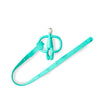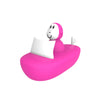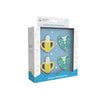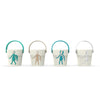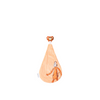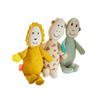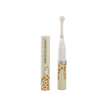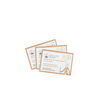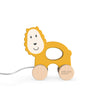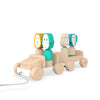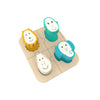Top Tips for Toddler Snack Time
Breastmilk or formula provide infants with all the nutrients and hydration they need on a daily basis, which means you can focus on other aspects of childcare (such as sleep training). However, once your little one starts weaning off milk and onto solids, feeding becomes a whole new game! From what to give them, to when, and how, feeding your child correctly and healthily can feel a bit overwhelming, but once you get everything set up, all you have to do is maintain it! Read on for our guide to toddler snacking to help your child be healthy and happy with their snacks!
- Get Them Eating Right
The first thing to focus on is what to feed your toddler as a snack. In order to ensure that they don’t spoil their appetite, choose foods that are light and healthy for grazing such as applesauce, smashed (or whole) fruit, or hummus. Introduce foods one at a time so you can measure your child’s enjoyment, and also check if they have any reactions to new things!
- Snack to Sustain, Not Soothe
Ideally toddlers will only need something small to stave off hunger between mealtimes - but that won’t stop them from asking for more! Remember that snacking should be purposeful, something to satiate hunger between meals and ensure that your child is getting all their nutrients, and not something to do out of boredom. Be strict with this, as indulging young children in snacks early on can cause problems with food portioning or eating later on in life!
- Set Your Timing
Children and infants thrive on routines, and as much as mealtimes should be at a set time each day, so should snack times! The best time for snacks is mid-morning, between breakfast and lunch, and again in the mid-afternoon before dinner. The more consistent you are with when you give your child snacks, the more they will come to expect them at these times and accept that they won’t receive them at others!
- Gamify It!
Some children find it hard to concentrate when it comes to food, and any parent of a toddler will know that this usually ends up with food thrown on the floor, or worse. Counteract this before they’ve had the chance to get into bad habits by providing the game element for them! You can do this by setting goals - for example, if your child is eating grapes, set the amount and shout the numbers out as they eat, and clap for each! Or find a way to occupy them with a game of their own - for example, our Animal Snack Mat has different animal-shaped plates which correspond to shapes on the mat, helping your child to develop their fine motor skills!







